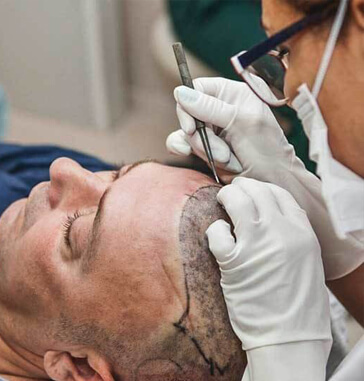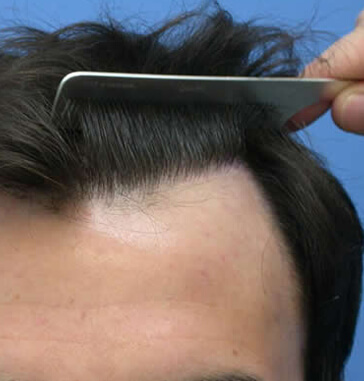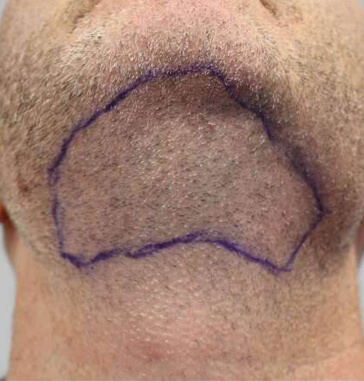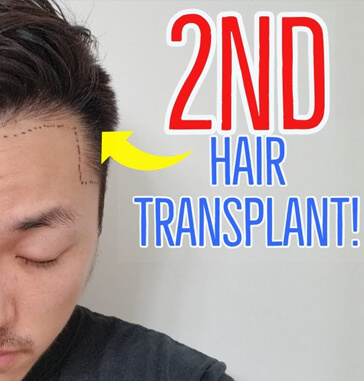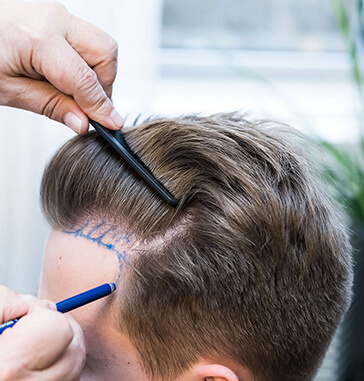What Is The Norwood Scale?
Hair loss does not follow the same route for everyone. For some people, the range of hair shedding is minimal, but for some, it is quite intense that a hair transplant is a necessity rather than a preference. Dr. O'Tar Norwood has built a classification to decide the degree and level of hair loss for the ease of the procedure. Norwood scale is a kind of revised version of the Hamilton scale, another hair loss classification chart designed in 1975. The most frequently used hair loss classification chart for male-pattern hair loss, the Norwood scale consists of 7 different stages, ranging from mild to severe hair loss. Most doctors prefer this scale for the identification of male-pattern hair loss, which affects approximately half the men above 50 years of age. So your doctor can make the right diagnosis and apply the best treatment tailored for your needs.
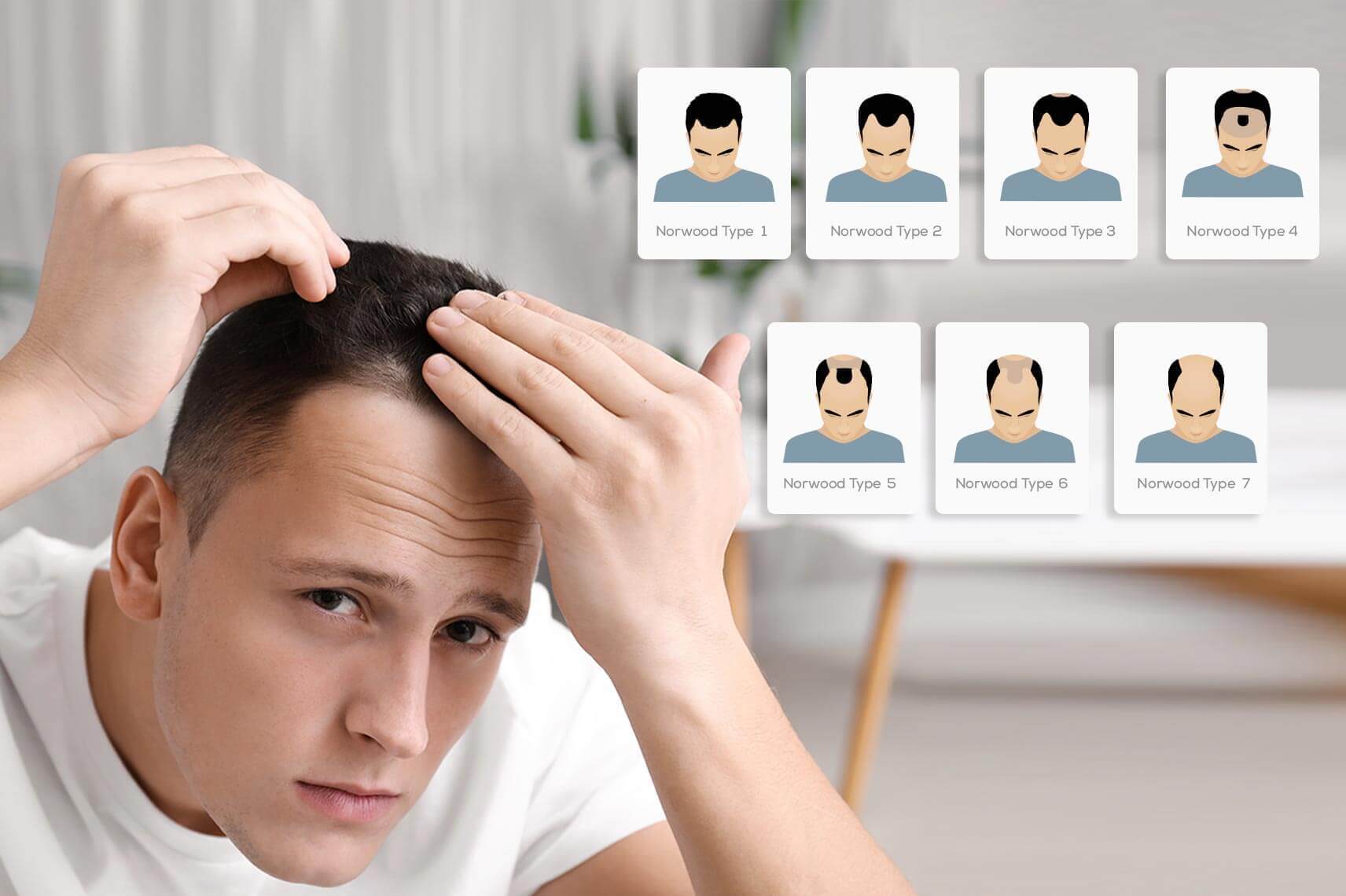
What Are The 7 Stages Of Hair Loss?
Norwood scale categorizes hair loss in 7 stages from mild to severe. Your doctor will make use of this scale to understand your condition and make the best treatment plan. Here are the 7 stages of hair loss:
Stage 1:Almost no signs of hair shedding and no recession of the hairline. People in this stage may not know that their hair started to fall away as they still have fell scalp hair. It is also possible that some men will not go beyond stage 1 and may not need aggressive hair treatments to restore the lost hair.
Stage 2: There will be signs of hair loss in this stage, but only slightly. Slight recession of the hairline, with no visible hair loss patches on the crown.
Stage 3: This is when the hair loss will start to come out as baldness issues. The hair loss will be noticeable and will go beyond the hairline and temples. ‘’M’’ shape seen from above the head will be the pattern of hair loss in this stage.
Stage 3 vertex:There is less hair loss in this stage as compared to Stage 3. If your hair loss is restricted to the crown but there is no recession, this is called Stage 3 vertex.
Stage 4:Stage 4 is the point your hair loss pattern will turn to a ‘’U’’ shape. There will be more significant and noticeable bald patches and your hairline will recede further.
Stage 5:Hair loss is more intense than in stage 4. There will still be some hair between the receding hairline yet sparser.
Stage 6:The receding hairline meets the vertex to make a long bald patch. In this stage, the hair loss is so severe that it is called baldness.
Stage 7:Someone with stage 7 will have the most severe hair loss. The hairline will be a complete loss and the sides of the head will be affected too. The remaining hair will be thin and apparent only around the sides of the head.
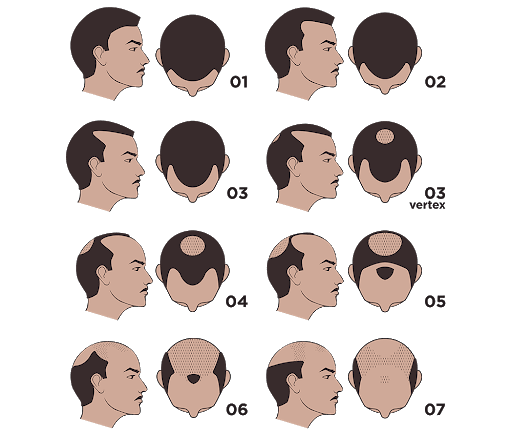
Find out the stage of your hair loss
Norwood scale will help you know how severe is your hair loss. Your doctor can easily decide the stage of your hair loss but you may try and find it out yourself at home too. Your doctor will first want to know your medical history and then do a physical examination to diagnose the cause of your hair loss, in addition to the hair loss stage. But if you are not ready to consult a doctor you can easily decide how severe is your hair loss by following the steps below:
- You should start by taking photos of your head. Photos will help you see the condition of your scalp easily. First, take a photo of your hairline. There should also be good lighting to take good photos. To this aim, you can go to the bathroom or another place with good lighting. A selfie will also do good if the lighting is ok.
- Not it is time to see the sides of your head. It is hard to take photos of all sides of your head on your own, you may ask a friend to help you or you can set a timer. It is important to see the sides because hair loss will be severe with shedding on the sides.
- You should take a photo of the top of your head to decide if your hair loss is severe. You can use the selfie camera and a selfie stick to do this on your own. However, you can still as a friend for help if you cannot do it this way.
- Lastly, you need a photo of the back of your head. The most severe hair loss will cause baldness in the back of your head too. But you will either set a timer or ask a friend for help to take a photo of the back of your head.
- Now compare the photos to the Norwood scale pictures. You can repeat these steps a few months later to see if your hair continues to fall away.
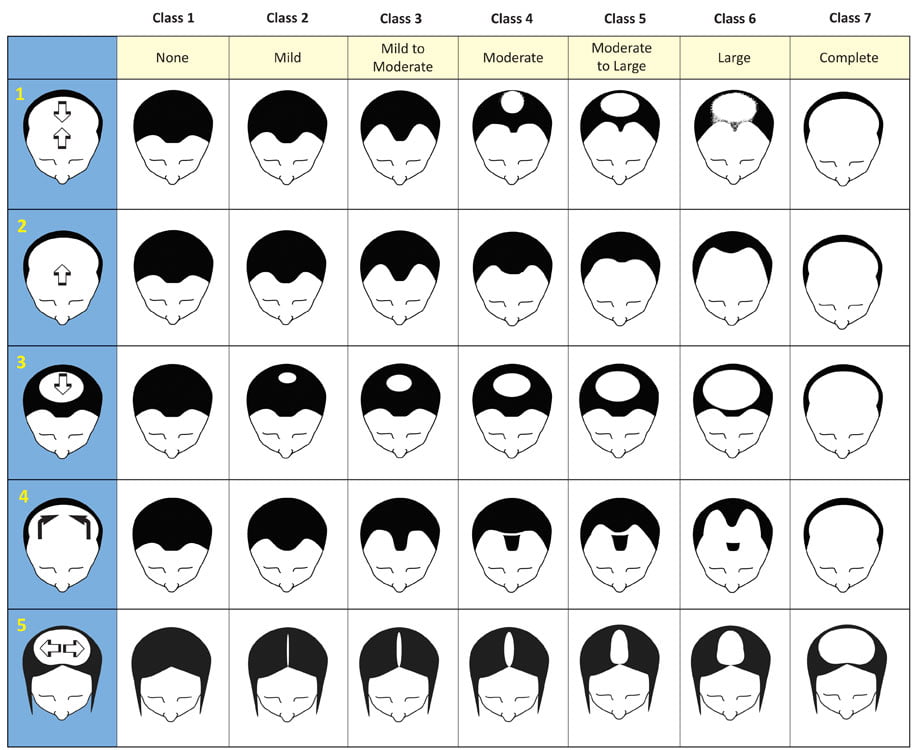
How to prevent male-pattern hair loss
Although you cannot completely prevent hair loss caused by androgenetic alopecia, you can slow down the progression of the hair loss if you take the necessary measures early on. Most people will change their diets as soon as they notice hair shedding but diet only plays a minor in male-pattern baldness. However, you can protect the rest of your hair not affected by male-pattern baldness if you take essential vitamins and minerals necessary for your whole body, including your hair. This is because nutritional deficiencies can cause further hair loss.
Other than diet, some useful drugs may help slow down hair loss. The drugs of choice are finasteride and minoxidil. Finasteride will block an enzyme responsible for the production of DHT. Since male pattern hair loss is caused by a sensitivity to DHT, finasteride can protect hair follicles from the effects of this hormone. Research shows that finasteride can stop hair loss in 83% of men and ensure hair growth by 66%. Minoxidil has no effects on DHT; however, it provides blood circulation to the hair follicles, which supports healthy and strong hair growth. Research also shows that a combination of minoxidil and finasteride works well. So your doctor may prescribe both of them for the best results.


